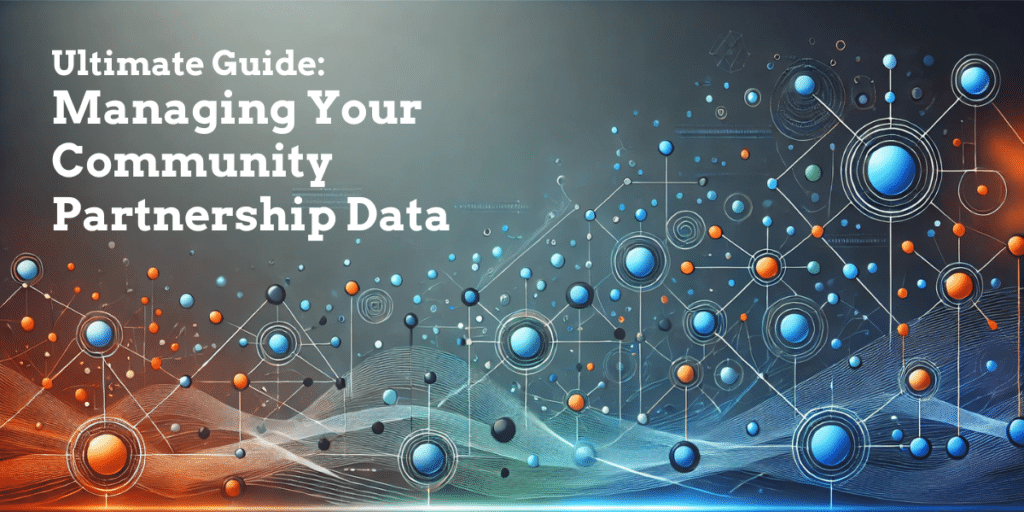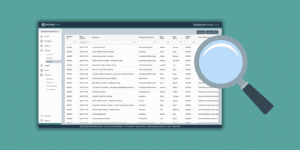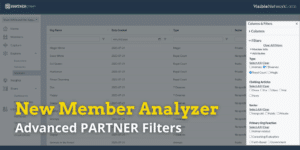In today’s interconnected world, organizations often depend on complex networks of partners, collaborators, and stakeholders to achieve their goals. Whether you’re coordinating a cross-sector initiative, managing a coalition, or building a collaborative community, one thing is clear: managing data on your partners and network members can make or break your success. Efficiently organizing, maintaining, and leveraging this information isn’t just an administrative task—it’s a strategic advantage.
But here’s the challenge: when your network grows, so does the complexity of keeping everything in order. Without a clear system in place, your team might waste valuable time chasing outdated information, duplicating efforts, or missing key opportunities.
The good news is that with a few essential practices and the right tools, you can simplify data management, enhance collaboration, and unlock the full potential of your network.
Table of Contents
Why Data Management is the Backbone of Network Success
Think of your network as a living organism, with its members and partners as the cells that keep it thriving. The data you collect and manage is like the nervous system, connecting these cells and helping them communicate, coordinate, and contribute to the larger purpose. Without clear, accessible, and accurate data, your network risks losing focus and functionality.
Effective data management enables your organization to:
- Understand Relationships: Gain insights into how members and partners interact to identify key connectors and gaps.
- Leverage Resources: Align resources effectively across your network to avoid duplication and fill gaps.
- Streamline Communication: Personalize and target outreach based on member roles, interests, or contributions.
- Measure Impact: Use data to track progress and demonstrate value to stakeholders.
Well-managed data is a foundation for building stronger, more aligned relationships and achieving meaningful results.
Step 1: Centralize Your Data
The first step to efficient data management is centralization. Many organizations start out storing partner and member data in a mishmash of spreadsheets, emails, and ad hoc databases. While this might work in the early stages, it quickly becomes unwieldy as your network grows.
Consolidating your data into a single, centralized platform allows everyone on your team to access the same up-to-date information. Tools like PARTNER CPRM are purpose-built for this task, providing a secure and flexible environment to store contact details, engagement history, contributions, and more. Centralization doesn’t just improve organization—it builds a shared understanding of your network and ensures decisions are based on a single source of truth.
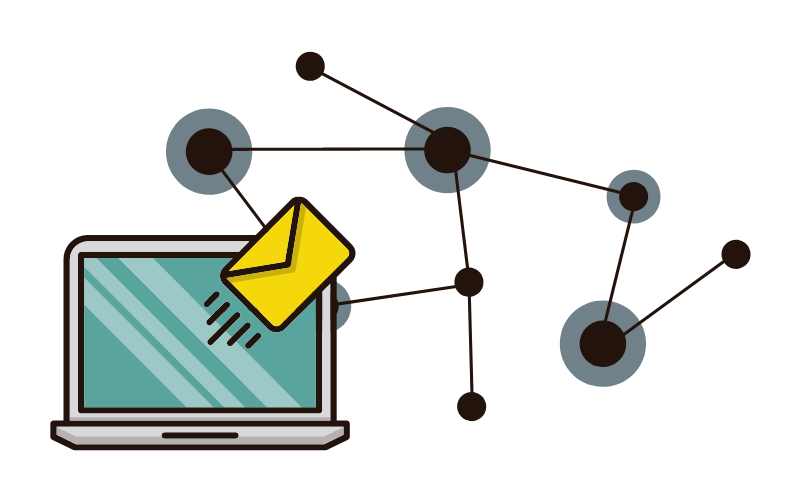
Get our monthly newsletter with resources for cross-sector collaboration, VNL recommended reading, and upcoming opportunities for engaged in the “network way of working.”
Step 2: Tailor Your Data to Fit Your Needs
Not all data is created equal. What you choose to collect and how you organize it should reflect your network’s goals and priorities. Start with the basics: every record should include key details like name, organization, contact information, and role in the network. From there, think about what additional data points would add the most value.
For example, if your network focuses on resource sharing, you might want to track the types of resources each partner can offer—funding, expertise, connections, or facilities. If collaboration is a priority, you could include fields for “Frequency of Contact” or “Relationship Intensity” to help you assess how well members are working together. Many platforms, including PARTNER CPRM, allow you to create custom attributes and tags, making it easy to organize your data in a way that aligns with your unique needs.
To organize your data effectively, consider these tips:
- Group members by attributes: Use tags or categories like sector, expertise, or geographic region to create useful subgroups.
- Track contributions: Record the resources or skills that each member brings to the network.
- Update regularly: Add engagement notes or milestones to keep profiles current and actionable.
A well-organized database ensures you have the right insights at your fingertips whenever you need them.
Step 3: Keep Data Clean and Accurate
A centralized database is only as good as the information it contains. Outdated or incomplete data can cause confusion and missed opportunities, undermining the trust and efficiency of your network. Maintaining clean and accurate records should be a regular part of your workflow, not an afterthought.
Schedule routine data reviews—quarterly is a good starting point—to update contact details, engagement levels, and other key fields. Make sure your team is trained to enter data consistently, using standardized formats for names, titles, and other attributes. And when possible, automate updates by integrating your database with tools like email systems or CRMs that already capture useful information. This ensures your data stays relevant without requiring constant manual effort.
Step 4: Use Visualizations to Understand Your Network
Data can sometimes feel overwhelming, especially when your network involves hundreds of partners. This is where visualization tools come in. A network map, for example, transforms raw data into a visual representation of your connections, making it easier to spot patterns, gaps, and opportunities for collaboration.
With a well-designed map, you can:
- Identify central players, brokers, and influencers: Pinpoint members who play key roles in holding your network together.
- Assess partner alignment and conflict: Look for partners who aren’t on the same page regarding goals, strategies, or success to build consensus.
- Spot under-engaged members: Recognize individuals or organizations who may need more outreach or support.
- Find collaboration opportunities: Highlight areas where stronger relationships could improve overall outcomes.
Tools like PARTNER CPRM not only generate these maps but also calculate key metrics like density and centrality, helping you measure your network’s health and resilience. These visualizations aren’t just useful for internal decision-making—they’re also powerful tools for communicating your network’s impact to external stakeholders.
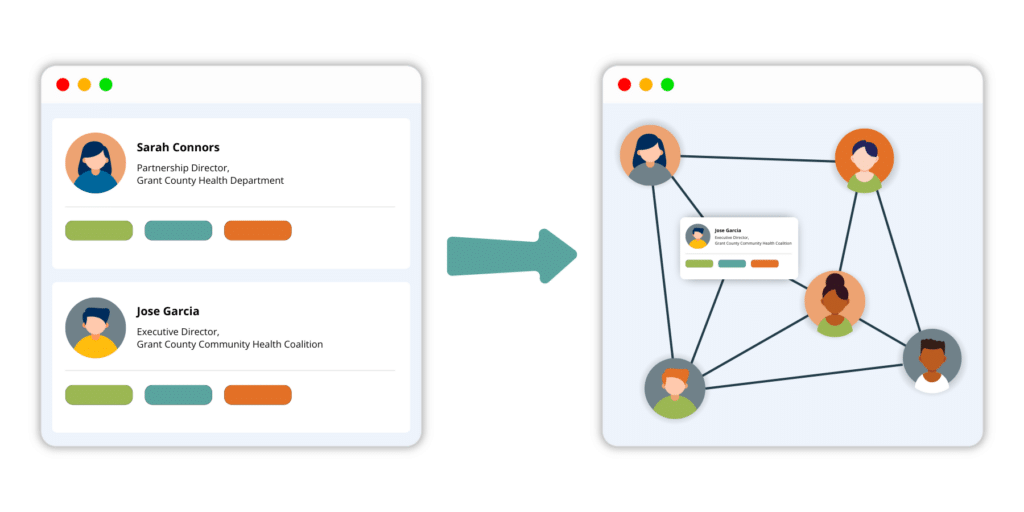
Step 5: Put Your Data to Work
Collecting and organizing data is only half the battle; the real value lies in using it to drive decisions and actions. For example, segment your network into meaningful subgroups based on shared attributes—such as organizations from a particular sector or individuals with similar expertise. This allows you to tailor your communication and engagement strategies, ensuring your outreach resonates with the right people.
You can also use your data to align resources more effectively. If your network analysis reveals gaps in expertise or funding, you can proactively recruit new partners to fill those needs. Similarly, by tracking relationships and engagement levels, you can identify which partnerships need nurturing and which are ready to scale up. Over time, these data-driven strategies build stronger, more dynamic networks that deliver real impact.
Sharing your data and visualizations directly with your partners is a great way to build the entire system’s capacity for change. They can use their network maps and scores for grant proposals, strategizing, stakeholder reports, and much more.
Always: Protect Your Data and Build Trust
Data management isn’t just about efficiency—it’s also about responsibility. Your partners and members trust you to handle their information with care, so safeguarding their data is critical. Use platforms that comply with relevant privacy regulations, such as GDPR or HIPAA, and set clear policies about who can access and update sensitive information. Regular backups and robust security measures ensure your data is protected against loss or breaches, reinforcing trust across your network.
"Efficiently managing partner and member data isn't just about keeping things organized—it's about empowering your network to act strategically, build capacity, and achieve meaningful impact. If you betray your trust in the process, nothing else matters."
Dr. Danielle Varda, Visible Network Labs
Bringing It All Together
Efficient data management is the key to unlocking your network’s potential. By centralizing your information, tailoring it to your needs, maintaining its quality, and using it strategically, you can foster stronger relationships, align resources more effectively, and demonstrate the value of your network to stakeholders.
The journey toward better data management doesn’t have to be overwhelming. Start small—choose one area where better organization or insights could make a difference, and build from there. With tools like PARTNER CPRM and a commitment to continuous improvement, you’ll soon find yourself managing your network’s data with ease and confidence, turning it into a powerful driver of success.
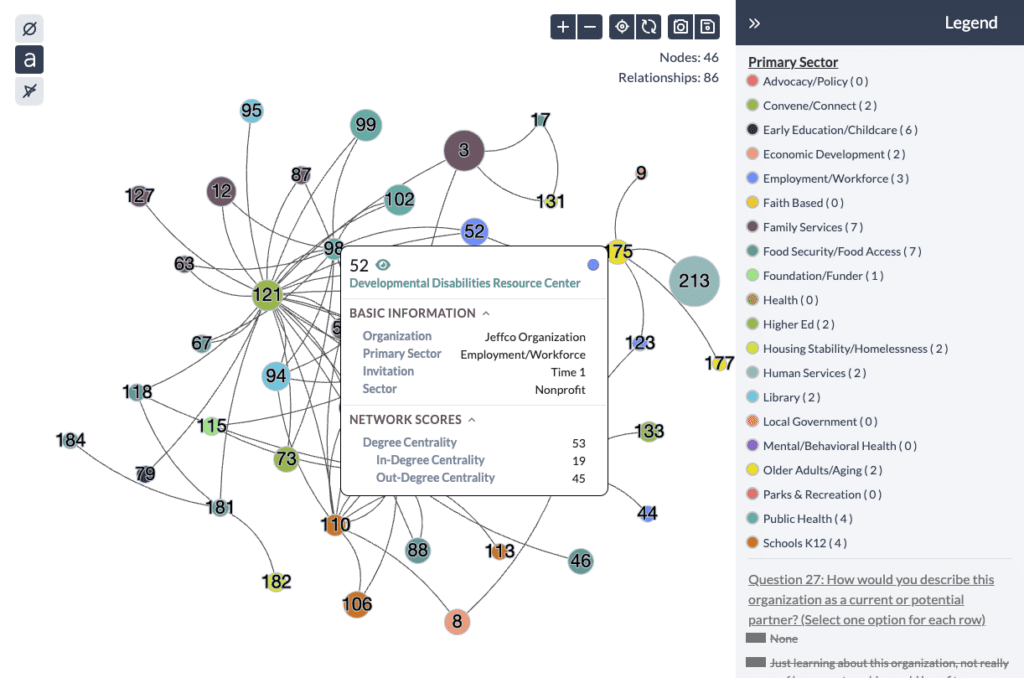
Learn More About PARTNER CPRM
Are you ready to take the next step? Explore how PARTNER CPRM can help you streamline your data management and bring your network’s full potential to life. Request a demo or create a free account to get started now.
